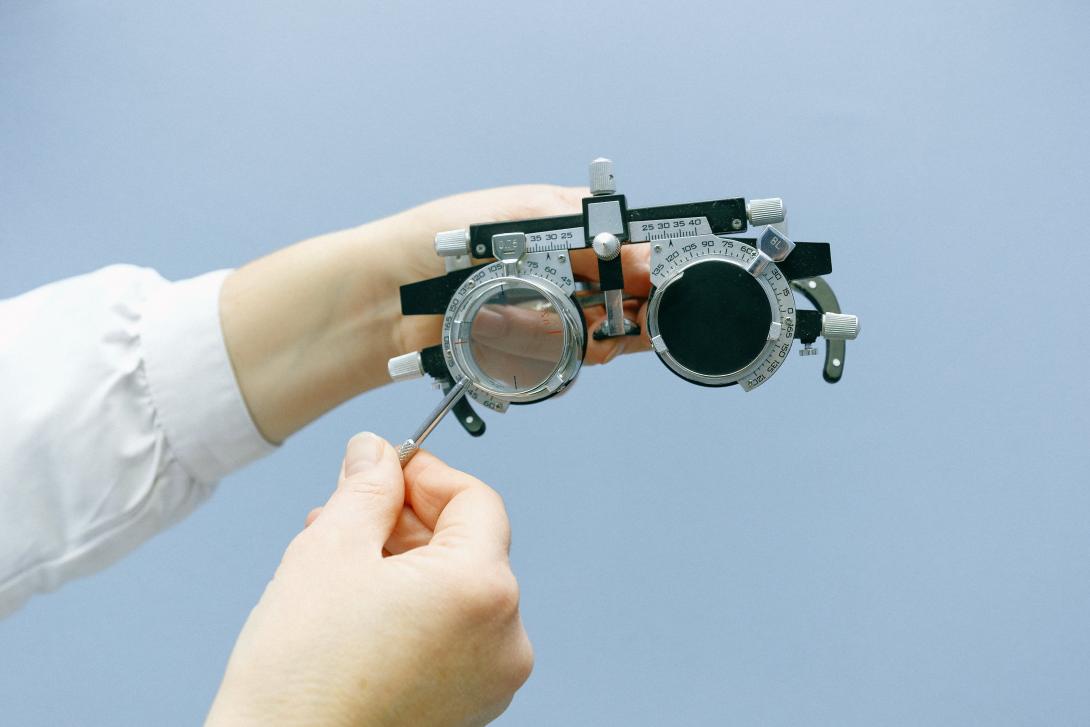
According to 2019 statistics from Hanoi Medical University, approximately three million US children suffer from amblyopia, also known as lazy eye, a condition related to eye problems that are often overlooked. Amblyopia can lead to irreversible vision loss if not detected and treated promptly during the critical period between four to 12 years of age.
The number of children coming for examination and treatment of amblyopia at Hospital has increased over time, prompting the Hospital to launch a service for treating children for this condition via vision-stimulating methods. Many paediatric patients have visual acuity below 2/10, but after three months of amblyopia exercises, their visual acuity can improve significantly to 710 to 10/10.
In light of this, Hospital is offering 50 eye examination and screening packages for amblyopia, conducted by specialist ophthalmologists for children.
Treatment of amblyopia in children: An area of healthcare that is underserved.
Amblyopia, a condition characterised by reduced vision resulting from various factors during the sensitive stages of visual development, often exhibits little or no improvement, even after the underlying cause is treated. Numerous studies indicate that the critical period is from birth to around five years old. Earlier onset results in a higher and more severe likelihood of the condition. Amblyopia can arise from one of the following causes: strabismus, also known as crossed eyes; anisometropia, where the refractive error between the eyes is one diopter or more for hyperopia and astigmatism, and three diopters or more for myopia; pathological conditions occurring in one or both eyes due to the obstruction of the eye’s transparent medium, such as congenital cataracts, corneal scars, severe ptosis, pre-retinal hemorrhage, and severe vitreous opacities.
Amblyopia is a treatable condition if detected early and managed promptly. However, it often remains overlooked, with few healthcare facilities offering specialised amblyopia treatment services. This oversight leads to missed opportunities for vision recovery in children undergoing treatment during the critical “golden period” for care.
Observing the increasing number of children diagnosed with amblyopia during eye examinations at the Ophthalmology & Refractive Surgery department, Hospital has decided to implement amblyopia treatment services for children. Dr Nguyen Thi Mai, Specialist Level II, the head of department, stated:
“The development of a child’s vision occurs from infancy to around 12 years old. Many studies suggest that amblyopia due to strabismus can recover if treated before nine years old, and amblyopia due to anisometropia can recover well if treated before 12 years old. Therefore, for children under 12 years old with amblyopia, treatment is imperative because of the potential for recovery. Children aged 12 and above still have a chance for recovery, but it’s not as high. These children should still undergo a trial treatment if they haven’t received any prior treatment.
“If amblyopic children are left untreated, they will likely have poor vision as adults. Implementing amblyopia treatment services for children at Hospital holds significant community value, offering amblyopic children a chance at normal, healthy eyesight.”